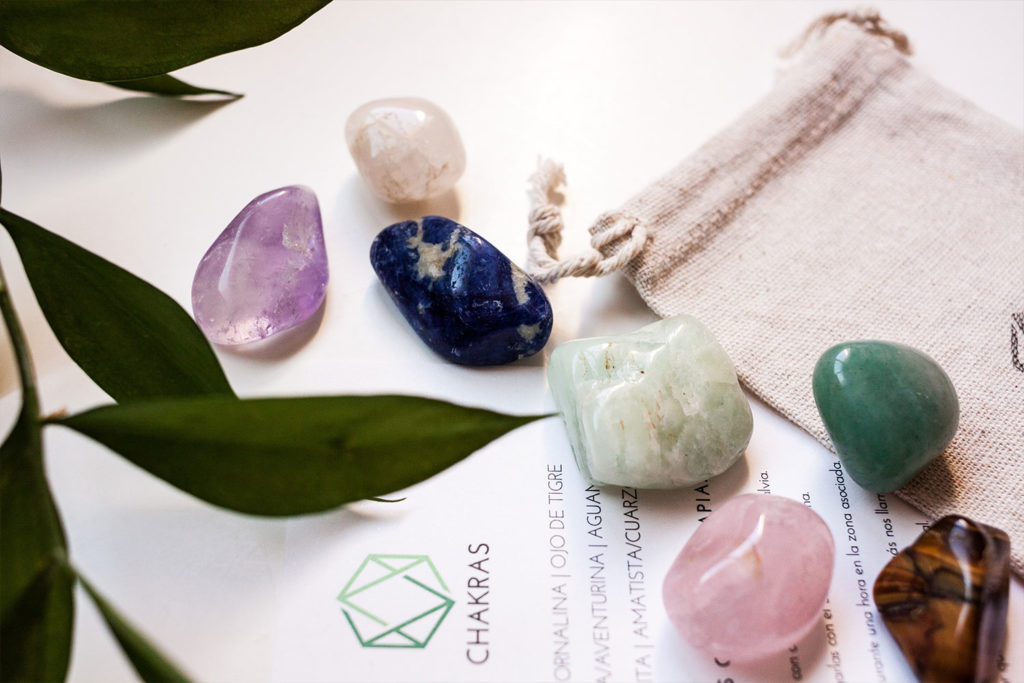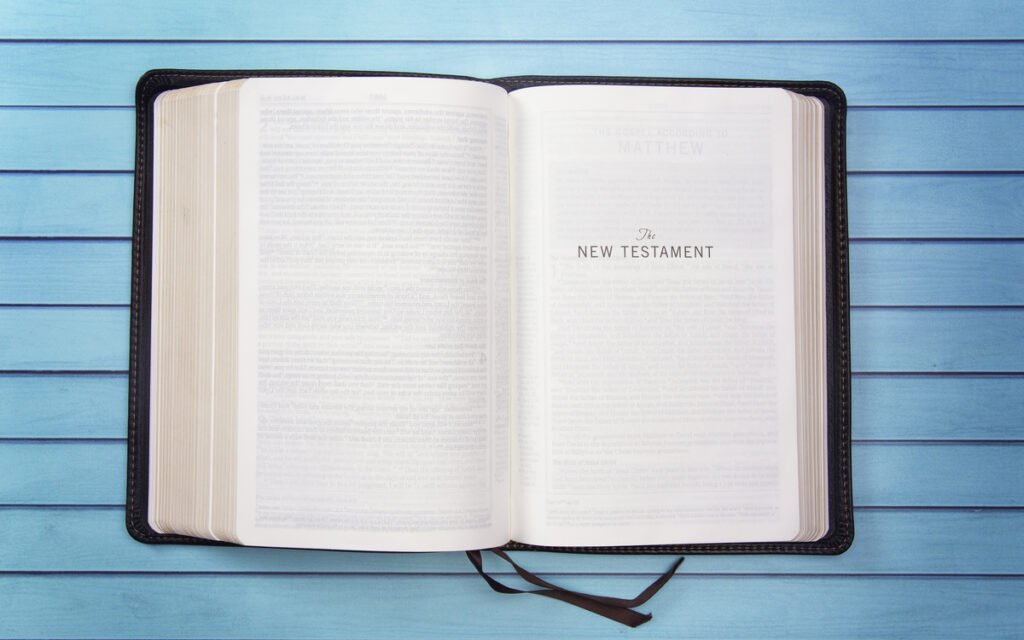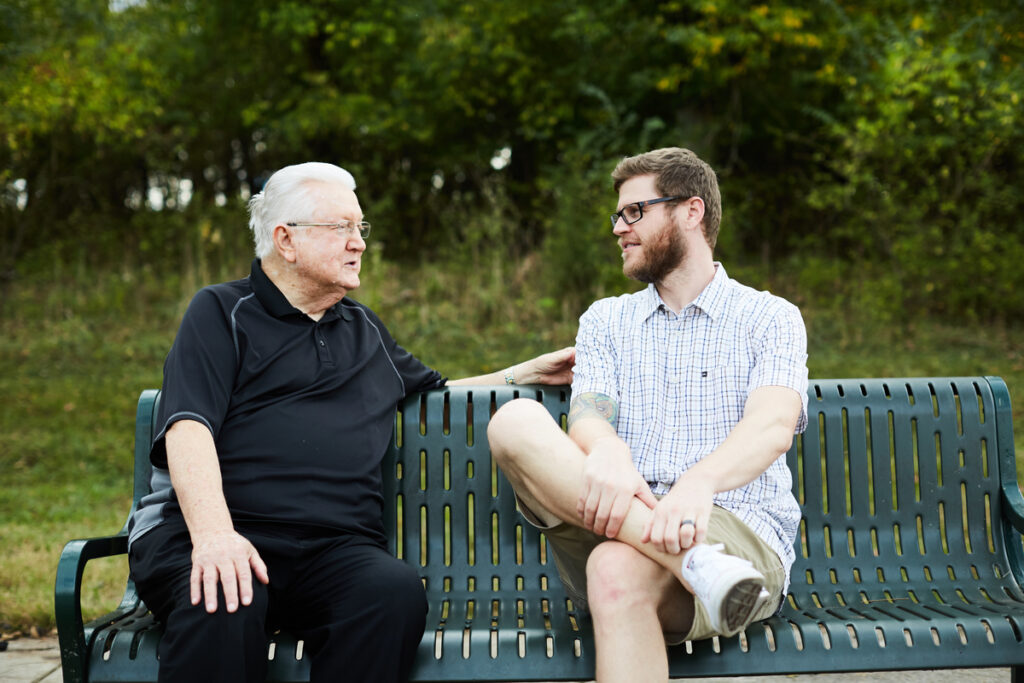By Robert Velarde
The Rise of Alternative Medicine
Each year Americans spend billions of out-of-pocket dollars on alternative medicine. Sometimes referred to as integrative medicine or complementary and alternative medicine (CAM), alternative medicine has, in recent years, gone mainstream. No longer relegated merely to obscure New Age health practitioners, alternative medicine has made significant inroads into conventional health care.
A recent report indicated that nearly 40 percent of Americans are involved in alternative health care, prompting Stephen Strauss, M.D., who serves as Director of the National Center for Complimentary and Alternative Medicine, a division of the National Institutes of Health, to remark, “These new findings confirm the extent to which Americans have turned to CAM approaches with the hope that they would help treat and prevent disease and enhance quality of life.”
But what is it about alternative medicine that is relevant to Christianity? While it is true that many alternative practices can be divorced from spiritual underpinnings, it is also true that certain forms of alternative medicine are rooted in beliefs and practices that are diametrically opposed to the Christian worldview. One area where this is particularly clear is energy-based alternative medicine.
Energy-based Alternative Medicine
Underlying energy-based alternative medicine is the belief that health and healing is tied to invisible energy forces. The most significant influences on alternative health care are derived from Eastern religious beliefs, such as prana in Hinduism and chi (also qi or ki) in Chinese medicine. Many other cultures offer similar terms for an invisible energy force that supposedly permeates reality. While there may be some variation regarding life energy as used in alternative medicine, the following six points are common and worth noting:
-
Life energy is said to be the fabric of the universe. Despite the fact that it cannot be measured scientifically, this life force is said to permeate all of reality including living beings. This view leads to pantheism (all is god), not Christian theism (God is personal and separate from His creation, but active in it).
-
It is claimed that disease arises from an imbalance or blockage of the flow of life energy in the body. Adherents claim that life energy must flow properly within the body in order for it to be healthy. If the life energy does not flow well or is blocked or hindered in some way, then the result is a health issue. In Chinese medicine the life force is said to flow through a system of channels known as meridians. As a result, some practitioners will refer to “meridian points” through which chi circulates. In Hinduism, the life energy (prana) flows through channels called nadi, which in turn cross seven energy centers called chakras. If a practitioner uses terminology that claims energy blockages or energy circulation is a problem in reference to a health concern, it is likely that the practitioner is involved in some form of life energy healing.
-
Although its existence has never been acknowledged by the scientific establishment, adherents claim that life energy and its disturbances can supposedly be detected in a variety of ways. Proponents claim that life energy can be detected by practitioners in various ways. Some claim to be able to read auras-alleged visual representations of the energy flowing in and around everyone. Others will use electrodiagnostic or bioenergetic devices. These are usually impressive looking pieces of electronic equipment-many are illegal in the United States-that purportedly measure life energy.
-
Adherents claim life energy can somehow be manipulated in order to treat illness or maximize health. Given the premise that disease results in disturbances in energy flow, adherents claim that correcting the imbalance or blockage will result in healing. Practitioners of energy-based medicine utilize a number of techniques to manipulate the flow of life energy. Some, like those who practice Therapeutic Touch, do not even physically touch a patient in order to manipulate the life energy. Other practitioners will massage meridian points or practice acupuncture at key points. Practitioners of qi gong claim to be able to project life energy out of their bodies (not unlike the Jedi masters of Star Wars films) for use in defense or in healing. Adherents of feng shui claim that even the arrangement of furniture and other objects in one’s home can positively or negatively affect the flow of life force energy.
-
Alterations of life energy are sometimes said to be the source of events that previously have been called supernatural or miraculous. Some adherents of energy-based medicine offer the life force as an explanation for what people have called miracles. In this scheme there is no longer a need for a personal, all-powerful, transcendent God. Instead, the impersonal life force is the cause of “miracles.” Moreover, being part of this life force, we too can master it and perform “miracles” as well. Jesus, then, was merely a master of this life force. As a result, in the New Spirituality and its associated alternative medicine practices, Jesus is more “a way, a truth, and a life force” than “the way and the truth and the life” of Scripture (John 14:6).
-
Life energy is what religions have called God. This is the cornerstone of New Age spirituality: You shall be as gods. If the energy flowing through us is indeed the life force that permeates reality, it must be what we have called God. If we are energy and energy is “God,” then we must be divine. Energy-based practitioners and patients that embrace this point are likely to be involved in a number of related New Age practices that result from such reasoning. Some, like actress Shirley MacLaine, may become so bold as to say “I am God!” Of course, not all practitioners and patients have made this leap, but if the underlying principles of life force energy are followed through to their logical conclusions, this is the end of the line: We are divine.
A Christian Response
Scripture calls believers to love God with all their heart, soul, and mind (Matthew 22:37, NIV) and to “examine everything carefully,” holding “fast to that which is good” (1 Thessalonians 5:21, NASB). Energy-based alternative medicine leads to pantheism (all is god) and, as a result, leaves no room for the personal, loving, and transcendent God of Christianity who calls individuals to repentance and acceptance of Jesus Christ.
We need to remember, however, that pain and suffering in this world is very real. Consequently, in many cases individuals turn to energy-based alternative medicine because of a desire for health. As such, when interacting with those involved in questionable forms of alternative medicine-such as energy-based medicine-we need to be sympathetic and compassionate, but unafraid to present the truth “with gentleness and respect” (1 Peter 3:15).
Robert Velarde is coauthor of Examining Alternative Medicine: An Inside Look at the Benefits and Risks (InterVarsity Press, 2001). He is pursuing graduate studies in philosophy of religion at Denver Seminary and is associate editor of Apologia Report.
Resources
-
Patricia Barnes et al., “Complementary and Alternative Medicine Use Among Adults: United States, 2002,” Advance Data From Vital Health and Statistics 343 (2004); Available at https://www.cdc.gov/nchs/data/ad/ad343.pdf. When prayer is included the figure rises to 62 percent.
-
National Institutes of Health, “More Than One-Third of U.S. Adults Use Complementary and Alternative Medicine, According to New Government Survey,” May 27, 2004. Available at https://nccam.nih.gov/news/2004/052704.htm
-
For a list of some other traditions and their terminology for this energy see Paul Reisser, Dale Mabe, and Robert Velarde, Examining Alternative Medicine: An Inside Look at the Benefits and Risks (Downers Grove, Illinois: InterVarsity Press, 2001), pp. 80-81. See also John Ankerberg and John Weldon, Can You Trust Your Doctor?The Complete Guide to New Age Medicine and its Threat to Your Family (Wolgemuth and Hyatt, 1991), p. 46.
-
For more on these devices see Stephen Barrett, “Quack ‘Electrodiagnostic’ Devices,” available at https://www.quackwatch.org/01QuackeryRelatedTopics/electro.html.
-
For an assessment of feng shui from a Christian perspective, see Marcia Montenegro, “Feng Shui: New Dimensions in Design,” Christian Research Journal, vol. 26, no. 1 (2003); available at https://www.equip.org/free/DF250.htm.
Published March 30, 2016




